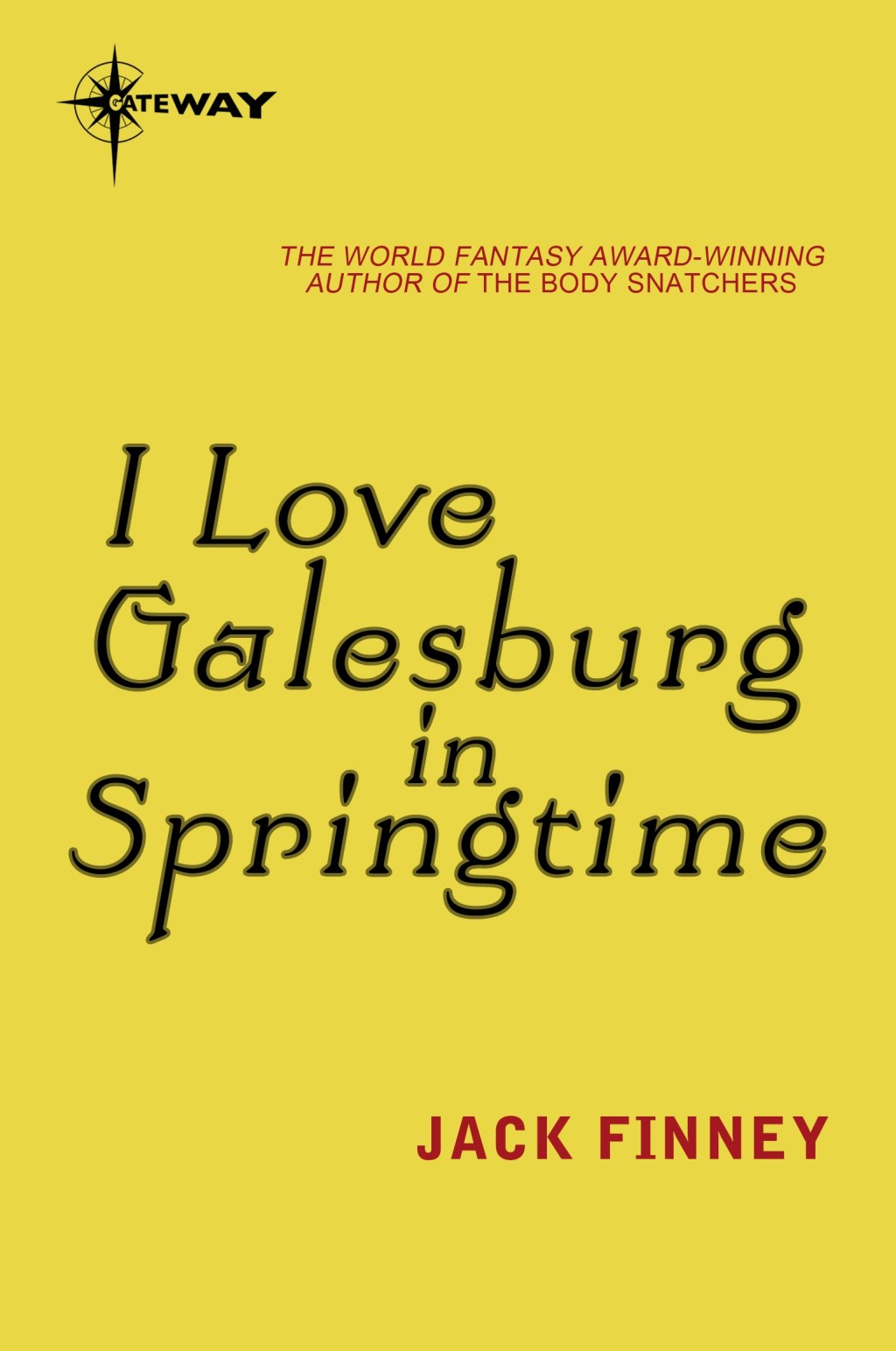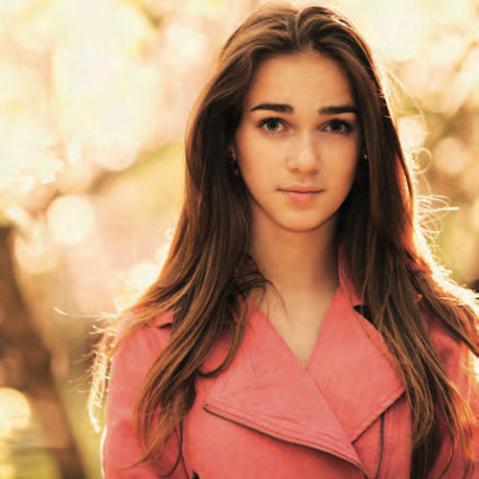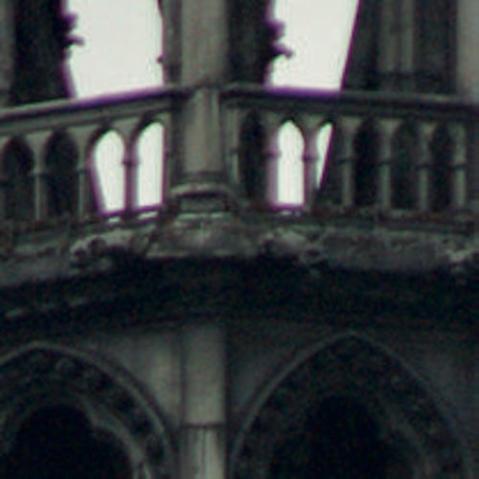What to look for in a lens

If you have decided to opt for a camera with interchangeable lenses, or know someone who has and you’re thinking of buying them a lens as a gift, there are some basic things you need to know before splashing out on expensive glass.
Focal length
Focal length is the distance the light travels from the imaging sensor to the front lens element. This distance is generally measured in millimeters (mm). A long focal length (200mm, for example) is called a ‘telephoto’ lens, and it works much like a pair of binoculars: it makes objects that are far away look closer to you. Telephoto lenses are great for portraiture, concerts, sports, and wildlife photography.
A short focal length (such as 24mm) is called a ‘wide-angle’ lens, and does the opposite to a telephoto lens. By photographing a wider field of view, you can get more in the photo. Wide-angle lenses are fabulous for landscapes, shooting indoors, and architectural photos.
 Using a wide-angle lens is great when shooting in a cramped space, but it can do strange things to the perspective when you’re close to your subject: look how big the model’s hand looks in this shot! In this case, a 17mm lens was used on a APS-C camera with a crop factor of 1.6x—the equivalent of a 27mm focal length on a full-frame sensor.
Using a wide-angle lens is great when shooting in a cramped space, but it can do strange things to the perspective when you’re close to your subject: look how big the model’s hand looks in this shot! In this case, a 17mm lens was used on a APS-C camera with a crop factor of 1.6x—the equivalent of a 27mm focal length on a full-frame sensor.
Focal length tends to be marked on the lens. If the lens has a single focal length marked on it, it’s a prime lens. If it has two focal lengths with a dash in between (such as 17–35mm), you’re looking at a zoom lens.
Maximum aperture
The next thing you’ll want to look for on your lens is its maximum aperture. We’ll look at apertures in detail in the next chapter, as they are fundamental to photography, but for now just think of it as the hole in a lens. The maximum aperture is the biggest hole the lens has. The bigger the hole, the more light can enter the camera, which is generally a good thing. Apertures are measured in ‘ƒ’ stops.
On a prime lens (one with a fixed focal length), this is usually written as something like ’50mm ƒ/1.8′ (rather confusingly, the smaller the ƒ number, the bigger the aperture). In this case, ƒ/1.8 is the maximum aperture of the lens. Which is pretty large.

On zoom lenses, maximum aperture can be written in two ways. If your lens reads ’70–200mm ƒ/2.8,’ you have a constant maximum aperture lens. Here it means that your lens can zoom from 70mm to 200mm, but regardless of how far you zoom in, the maximum aperture will always be ƒ/2.8. Constant maximum aperture lenses tend to be of higher quality than other zoom lenses, but they are also a lot more expensive.
The other option on zoom lenses is a variable aperture lens. This would be written as ’17–35mm ƒ/2.8–3.5.’ On these lenses, the maximum aperture goes down as you zoom in further—so at 17mm, you have a maximum aperture of ƒ/2.8, but when you zoom in to 35mm, your maximum aperture is ƒ/3.5. A lens with a large maximum aperture is often referred to as a ‘fast’ or a ‘bright’ lens.
Manual focus
Most lenses have a way of being focused manually. If you care about this, it’s a good idea to take a closer look at how the lens works, and whether you like the way manual focus is implemented. On some lenses, you have direct control of the focusing. This means that you can turn an adjustment wheel (called a “focus ring”) on the lens, and it will physically move the lens and adjust focus. This form of control is fast and precise, and intuitive to use. Some lenses require you to select manual focus on the lens or camera before you can take control, while others can override automatic focus for fine-adjustments after you’ve already focused.
 If you want to try macro photography, you’ll need to think carefully about the lenses you choose.
If you want to try macro photography, you’ll need to think carefully about the lenses you choose.
On other lenses, you’re given an adjustment wheel. You don’t actually adjust the lens elements themselves, but use a focusing ring that tells the camera you want to change the focus. The camera then adjusts the focus for you using its internal focusing motors. This type of manual control can be sluggish and difficult to use accurately, but it’s better than not having any manual focusing controls at all.
Optical stabilisation
The final feature you’ll find on some lenses is optical image stabilization. This is some pretty nifty technology that moves a lens element inside the lens to counteract vibration or camera shake. If you shoot handheld a lot (as opposed to having the camera on a tripod), it may be worth considering a lens with an optical stabilizer, especially if you tend to shoot in low light.

Do pay attention, though—it may be that your camera body already has stabilisation built in, in which case lens-based stabilisation is unnecessary.
In The Ilex Introduction to Photography, Haje Jan Kamps guides you through the process of turning your everyday snapshots into great pictures that you can be proud of. It doesn’t matter if you shoot with a smartphone or a top-of-the-range dSLR, this book has everything in it that you need to know!
 The Ilex Introduction to Photography
The Ilex Introduction to Photography
Haje Jan Kamps
Buy it now!
RRP for print edition: £14.99





